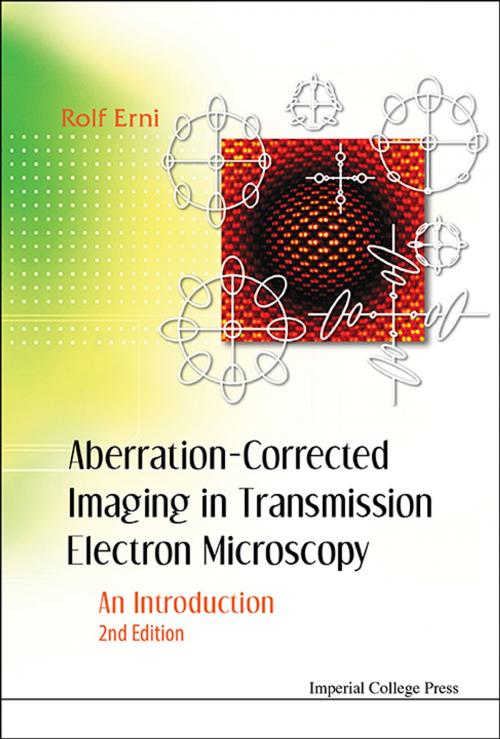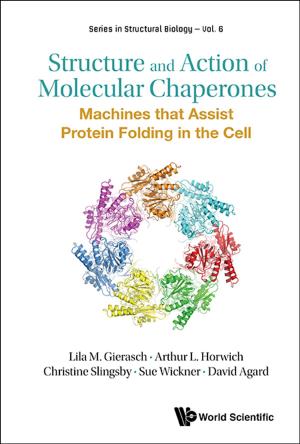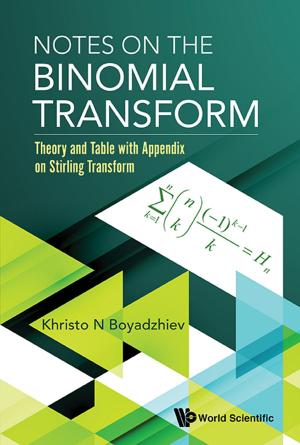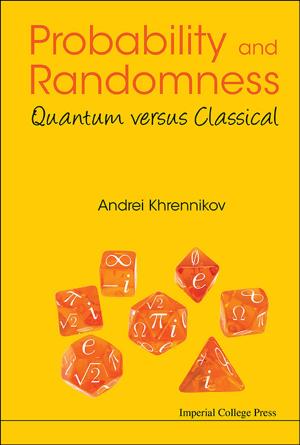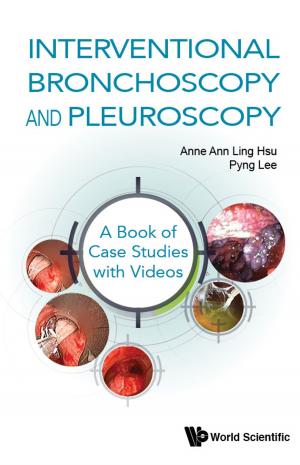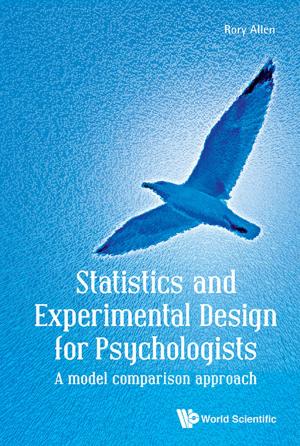Aberration-Corrected Imaging in Transmission Electron Microscopy
An Introduction
Nonfiction, Science & Nature, Science, Physics, Optics, Technology, Material Science| Author: | Rolf Erni | ISBN: | 9781783265305 |
| Publisher: | World Scientific Publishing Company | Publication: | March 23, 2015 |
| Imprint: | ICP | Language: | English |
| Author: | Rolf Erni |
| ISBN: | 9781783265305 |
| Publisher: | World Scientific Publishing Company |
| Publication: | March 23, 2015 |
| Imprint: | ICP |
| Language: | English |
Aberration-Corrected Imaging in Transmission Electron Microscopy provides an introduction to aberration-corrected atomic-resolution electron microscopy imaging in materials and physical sciences. It covers both the broad beam transmission mode (TEM; transmission electron microscopy) and the scanning transmission mode (STEM; scanning transmission electron microscopy). The book is structured in three parts. The first part introduces the basics of conventional atomic-resolution electron microscopy imaging in TEM and STEM modes. This part also describes limits of conventional electron microscopes and possible artefacts which are caused by the intrinsic lens aberrations that are unavoidable in such instruments. The second part introduces fundamental electron optical concepts and thus provides a brief introduction to electron optics. Based on the first and second parts of the book, the third part focuses on aberration correction; it describes the various aberrations in electron microscopy and introduces the concepts of spherical aberration correctors and advanced aberration correctors, including correctors for chromatic aberration. This part also provides guidelines on how to optimize the imaging conditions for atomic-resolution STEM and TEM imaging.
This second edition has been completely revised and updated in order to incorporate the very recent technological and scientific achievements that have been realized since the first edition appeared in 2010.
Contents:
-
Introduction
-
Fundamentals:
-
High-Resolution Transmission Electron Microscopy
Scanning Transmission Electron Microscopy
Limits of Conventional Atomic-Resolution Electron Microscopy
-
Electron Optics:
-
Basic Principles of Electron Optics
Gaussian Dioptrics
-
Aberration Correction:
-
Aberrations
Aberration Correctors
Aberration-Corrected Imaging
Readership: Advanced undergraduate and graduate students in materials science and related fields.
Key Features:
- Uniform notation and concept throughout the book
- Comprehensive but concise: covers the basics of the imaging modes, electron optics and aberration correction
- Contains tables and equations that often need to be looked up, but cannot be found in a single source
Aberration-Corrected Imaging in Transmission Electron Microscopy provides an introduction to aberration-corrected atomic-resolution electron microscopy imaging in materials and physical sciences. It covers both the broad beam transmission mode (TEM; transmission electron microscopy) and the scanning transmission mode (STEM; scanning transmission electron microscopy). The book is structured in three parts. The first part introduces the basics of conventional atomic-resolution electron microscopy imaging in TEM and STEM modes. This part also describes limits of conventional electron microscopes and possible artefacts which are caused by the intrinsic lens aberrations that are unavoidable in such instruments. The second part introduces fundamental electron optical concepts and thus provides a brief introduction to electron optics. Based on the first and second parts of the book, the third part focuses on aberration correction; it describes the various aberrations in electron microscopy and introduces the concepts of spherical aberration correctors and advanced aberration correctors, including correctors for chromatic aberration. This part also provides guidelines on how to optimize the imaging conditions for atomic-resolution STEM and TEM imaging.
This second edition has been completely revised and updated in order to incorporate the very recent technological and scientific achievements that have been realized since the first edition appeared in 2010.
Contents:
-
Introduction
-
Fundamentals:
-
High-Resolution Transmission Electron Microscopy
Scanning Transmission Electron Microscopy
Limits of Conventional Atomic-Resolution Electron Microscopy
-
Electron Optics:
-
Basic Principles of Electron Optics
Gaussian Dioptrics
-
Aberration Correction:
-
Aberrations
Aberration Correctors
Aberration-Corrected Imaging
Readership: Advanced undergraduate and graduate students in materials science and related fields.
Key Features:
- Uniform notation and concept throughout the book
- Comprehensive but concise: covers the basics of the imaging modes, electron optics and aberration correction
- Contains tables and equations that often need to be looked up, but cannot be found in a single source
